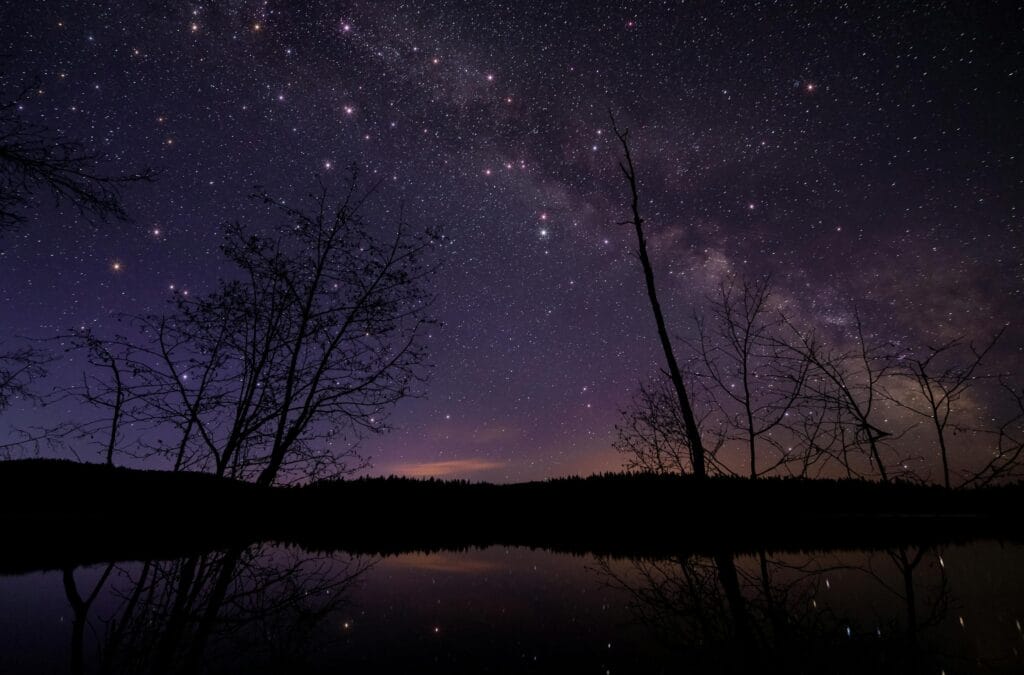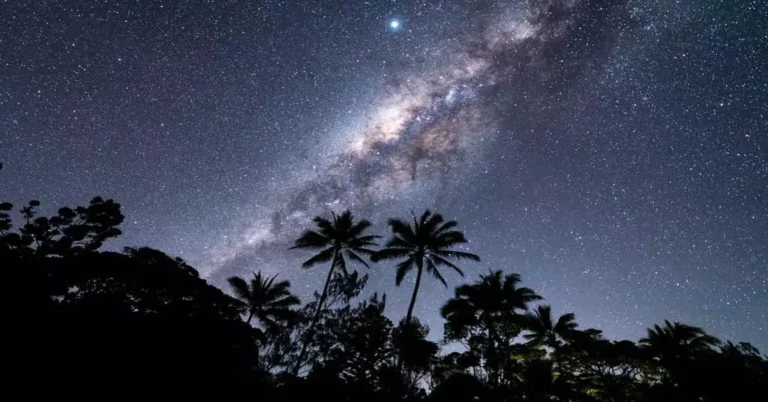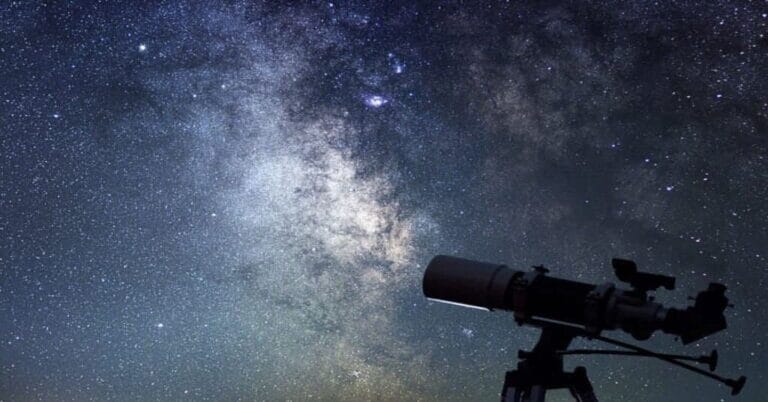Essential Equipment for Amateur Astrophotography
Looking up at the night sky fills you with awe. Taking photos of the stars lets you keep that feeling forever. This guide will show you what you need to start. You can use your phone or get fancier with a DSLR camera and a star tracker. Whether you’re just starting or want to take your astrophotography to the next level, there’s something here for you. Let’s dive in and explore the essential equipment you’ll need for your astrophotography journey.
Astrophotography: Getting Started
Astrophotography doesn’t have to cost a lot. You might be amazed at the photos you can take with simple tools. Here’s what you’ll need to start capturing the beauty of the night sky with your smartphone
Essential Gear:
Smartphone
Most new phones can take great astrophotos. Look for one with a big sensor and lots of megapixels. But remember, more megapixels sometimes mean better photos. Check reviews to see how well it handles low light.
Manual Camera App or Built-in Astrophotography Mode:
Some phones have unique modes for astrophotography, but you’ll get better results with manual control. Look for apps that let you adjust settings like shutter speed, ISO, and white balance. This enables you to fine-tune your photos for the best results.
Shutter Speed: Astrophotography needs long exposure times to capture faint light. You’ll leave the shutter open for several seconds or even minutes to let in enough light.
ISO: ISO controls how sensitive your camera is to light. Higher ISO settings make your photos brighter but can also make them grainy. Aim for the lowest ISO that still gives you good exposure.
White Balance: This adjusts the colours in your photo. For astrophotography, cooler tones can make the night sky look more natural.
Nice to Have Items:
Small Tripod for Phone: Keeping your phone steady is crucial for astrophotography. Even a tiny movement can blur your photos. A small tripod made for phones gives you a solid base from which to work to capture clear, sharp images.
Tips for Success:
Find Dark Skies: Light pollution can make it hard to see the stars. Look for places away from bright lights for the best results. You can use a light pollution map to find dark sky areas near you.
Time Your Shoot: The new moon phase is the best time for astrophotography because the sky is darkest then. Also, try to shoot on clear nights with few clouds for the most explicit pictures.
Focus Manually: Autofocus might not work well in low light. Instead, switch to manual focus and use your phone’s screen to see when the stars are sharp and clear.
Experiment and Have Fun: Don’t worry if your first photos could be better. Astrophotography takes practice, so try different settings and techniques. The more you practice, the better you’ll get!
Astrophotography with a DSLR (Basic Setup)
Astrophotography with a DSLR camera opens up new possibilities for capturing stunning night sky images. Here’s what you’ll need for a basic setup:
Essential Gear:
- DSLR or mirrorless camera: Both types work well for astrophotography and let you change lenses.
- The wide-angle lens captures expansive night sky views, including the Milky Way and other celestial objects.
- Sturdy tripod: A stable tripod is crucial for maintaining the stability of your camera when capturing long exposure shots, thus avoiding any potential blurriness.
Nice to Have Items:
- Intervalometer: This handy tool lets you take multiple photos at specific intervals, which is helpful for techniques like image stacking, where you combine several images to enhance detail.
- Clip-in light pollution filter: If you’re shooting in an area with lots of light pollution, like near cities, this filter can help reduce its impact on your photos, resulting in more precise and detailed images of the stars.
Astrophotography: Advanced Techniques (DSLR & Star Tracker)

As you progress in your astrophotography journey, you’ll find yourself drawn to capturing more intricate and distant celestial objects, such as nebulae and galaxies. Achieving this level of detail requires a more sophisticated setup. Let’s explore each component in more depth.
DSLR or Mirrorless Camera:
- Interchangeable Lenses: One of the primary advantages of using a DSLR or mirrorless camera for astrophotography is the ability to swap out lenses. The flexibility enables you to select the perfect lens for your astrophotography.
- Manual Controls: Manual control over essential settings like shutter speed, ISO, and aperture is crucial for astrophotography. These settings enable you to tailor your camera’s performance to the unique challenges of capturing celestial objects in low-light conditions.
- Low-Noise Performance: Astrophotography often involves long exposure times, so selecting a low-noise performance camera is essential. A larger sensor size (such as APS-C or Full-Frame) and a higher megapixel count (within reason) can contribute to cleaner images with less digital noise.
Wide-angle or Telephoto Lens:
- Wide-angle Lens: These lenses typically have focal lengths ranging from 14mm to 35mm on a full-frame camera, providing a broad field of view. This comprehensive perspective is perfect for capturing expansive nightscapes, including the Milky Way and other celestial phenomena.
- Telephoto Lens: Telephoto lenses offer longer focal lengths, starting at around 70mm and extending upwards. These lenses magnify distant objects, making them ideal for capturing the intricate details of nebulae, galaxies, and planets.
Star Tracker:
- Earth’s Rotation: The Earth’s rotation causes stars to appear as streaks or trails during long exposures, limiting the duration of single exposures.
- Counteracting Rotation: A star tracker is a motorized mount that compensates for the Earth’s rotation by slowly moving your camera in the opposite direction. This tracking mechanism ensures that stars remain sharp points of light throughout extended exposures, allowing you to capture faint details in deep-sky objects.
- Types of Trackers: Equatorial mounts are favoured for astrophotography due to their alignment with the celestial pole, facilitating accurate tracking of celestial objects across the night sky.
Sturdy Tripod:
- Stability: A robust tripod is indispensable for astrophotography, as even slight vibrations or movements can blur images during long exposures.
- MATERIAL AND WEIGHT: Choose a sturdy aluminium or carbon fibre tripod. These materials can handle the weight of your camera and extra accessories.
- Head: Select a tripod head that provides smooth and accurate vertical and horizontal adjustments, allowing you to compose your shots precisely and consistently.
Image Processing (Brief Mention)
When you take photos of space, like stars or galaxies, you might need to edit them afterwards to make them look better. Different software can help. Some are paid for, and some are free. They help you bring out more details and colours in your pictures.
Conclusion
Astrophotography lets you take amazing pictures of the stars and space at night. This guide helps you begin using your phone or aiming for more complex deep-sky photos. Just remember, astrophotography is all about exploring and learning. Start with simple gear, practice your skills, and have fun capturing the incredible sights you find!
FAQs
Can I do astrophotography with my phone?
A: Absolutely! With a modern smartphone, a manual camera app, and a small tripod, you can capture nightscapes and even the Milky Way.
What camera is best for astrophotography?
A DSLR or mirrorless camera with interchangeable lenses offers the most control and capability. However, you can get started with astrophotography using a smartphone.
What lens do I need for astrophotography?
A wide-angle lens is great for nightscapes and the Milky Way. For deep-sky objects, a telephoto lens is helpful.
What is a star tracker?
A star tracker is a motorized mount that compensates for the Earth’s rotation, allowing for longer exposures of deep-sky objects without blurry trails.
Do I need a fancy telescope for astrophotography?
Not necessarily! You can achieve great results with a good camera and lens. Telescopes are more suited for astrophotography of very faint deep-sky objects.







